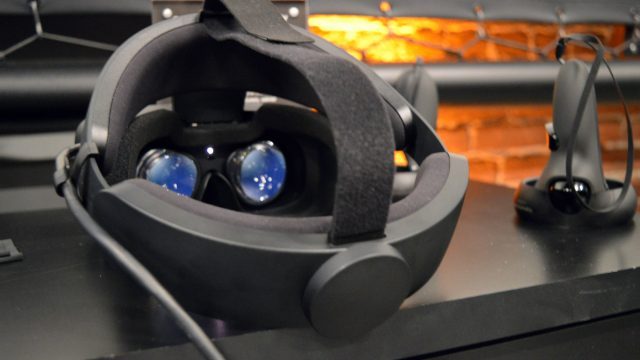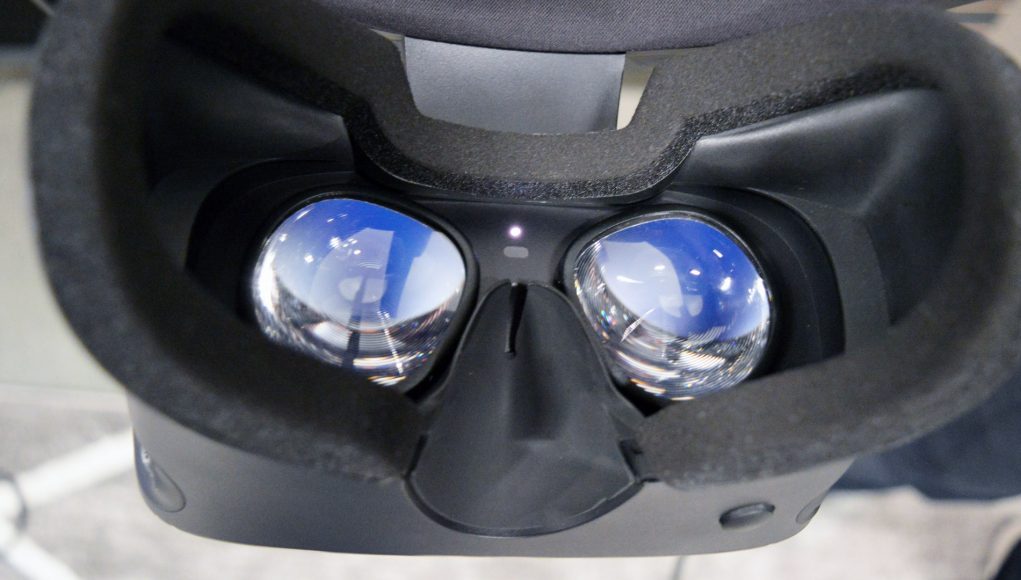Oculus founder Palmer Luckey, who left the company back in 2017, says that the lack of hardware-adjustable IPD (distance between lenses) on the Rift S means he won’t be able to comfortably use the headset, and says that it will be a great headset but only for about 70% of the population which are comfortably covered by the headset’s IPD range.
While the upcoming Rift S is in many ways a better, easier to use Rift, it does make a few tradeoffs which seem like a step back from the original. One of those tradeoffs is the lack of a hardware-adjustable IPD, which means that anyone with an IPD different than the headsets nominal setting won’t be able to move the lenses into ideal alignment.

While the Rift S will support a software IPD adjustment, which moves the rendered images to the proper width, this only improves comfort and scale, but can’t fix any of the optical issues which come with being out of alignment with the optical center.
Oculus founder Palmer Luckey, who left the company back in 2017, took to his personal blog today to say that his own 70mm IPD is too far away from the headset’s nominal IPD setting to use it comfortably. Based on IPD data published in the Proceedings of SPIE journal, Luckey figures that the Rift S IPD will only be suitable for around 70% of the population.
Rift S is very cool! It takes concepts that have been around for years and puts them into a fully functional product for the first time. Sure, sure, I see people complaining about how Rift S is worse than CV1 concerning audio quality, display characteristics, and ergonomics – some of the tradeoffs are real, some are imaginary, and people should really wait for it to come out before passing final judgement. All in all, it is going to be a great HMD.
For about 70% of the population.
He notes that the original Rift was designed to support any IPD between the 5th and 95th percentile, covering the vast majority of the population with a hardware-adjustable range from 58mm to 72mm.
When the user’s IPD doesn’t fit into the ‘sweet spot’ of the lenses, a lot can go wrong.
“Imagery is hard to fuse, details are blurry, distortion is wrong, mismatched pupil swim screws up [Vestibulo–Ocular reflex], and everything is at the wrong scale,” Luckey says.
A software IPD adjustment helps, but not much, he adds.
“‘Software IPD adjustment’ can solve [scale], but not much else—it adjusts a single variable that happens to be related to IPD, but is not comparable in any way to an actual IPD adjustment mechanism.”
Road to VR has reached out to Oculus for comment on Luckey’s claims, and is awaiting confirmation on the recommended IPD ranges for each of the company’s headsets.







